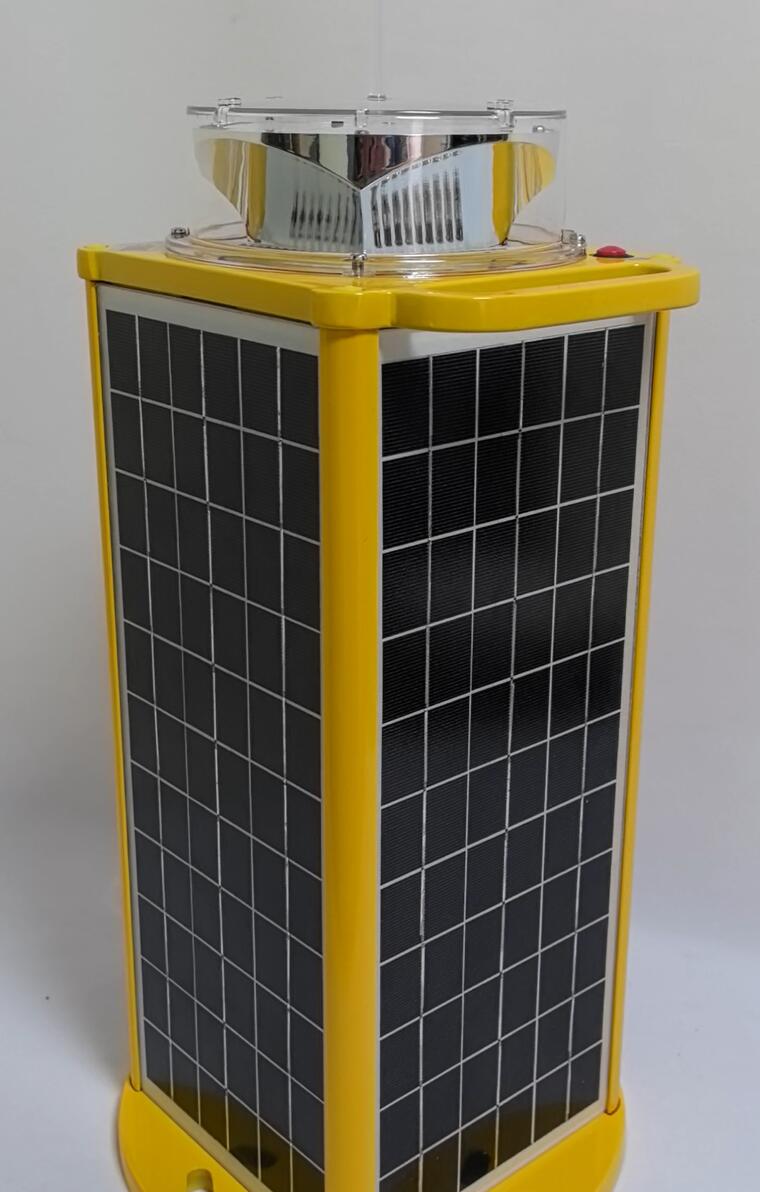In the vast and often unpredictable expanse of the ocean, one crucial element stands out as a guiding light for mariners - the marine signal lantern. These unassuming yet essential devices play a vital role in ensuring the safety and smooth navigation of ships across the world's waters.
Marine signal lanterns are more than just sources of light; they are beacons of communication and safety. Their purpose is to signal the presence of a vessel, mark important locations, and provide crucial information to other seafarers. Whether it's a small pleasure craft or a massive commercial ship, these lanterns are an integral part of marine operations.

One of the key features of marine signal lanterns is their durability. Built to withstand the harsh marine environment, they are designed to be waterproof, corrosion-resistant, and able to endure extreme temperatures and rough weather conditions. The materials used in their construction are carefully selected to ensure long-lasting performance and reliability.
The types of marine signal lanterns vary depending on their intended use. There are navigation lights that help other vessels identify the position, direction, and status of a ship. Red and green sidelights indicate the port and starboard sides of the vessel, while a white stern light shows the rear. These lights are essential for avoiding collisions and maintaining safe distances between ships.
| Marine Signal Lantern | W546 | 98JN |
In addition to navigation lights, there are also distress signal lanterns. These are used in emergencies to attract the attention of nearby vessels and rescue teams. They emit a bright, distinctive light that can be seen from a great distance, increasing the chances of a timely rescue.
Another important aspect of marine signal lanterns is their visibility. They are designed to be highly visible even in low-light conditions or through fog and haze. The intensity and color of the light are carefully calibrated to ensure maximum visibility and recognition. Some lanterns even have advanced features such as flashing patterns or rotating beacons to enhance their visibility.
The technology behind marine signal lanterns has evolved over time. From traditional oil lamps to modern LED lights, these devices have become more efficient, reliable, and environmentally friendly. LED lanterns, in particular, offer several advantages over their predecessors. They consume less power, have a longer lifespan, and produce a brighter and more consistent light.
Marine signal lanterns are also subject to strict regulations and standards to ensure their effectiveness and safety. International maritime organizations and national authorities prescribe specific requirements for the design, installation, and maintenance of these lanterns. Vessels must comply with these regulations to ensure the safety of their crew and other seafarers.
In conclusion, marine signal lanterns are a remarkable and essential part of the maritime world. They serve as silent guardians, guiding ships safely through the treacherous waters of the ocean. As technology continues to advance, we can expect marine signal lanterns to become even more sophisticated and reliable, continuing to shine brightly as beacons of hope and safety on the high seas.